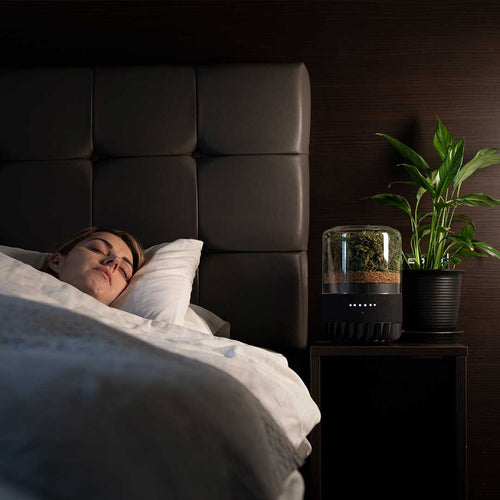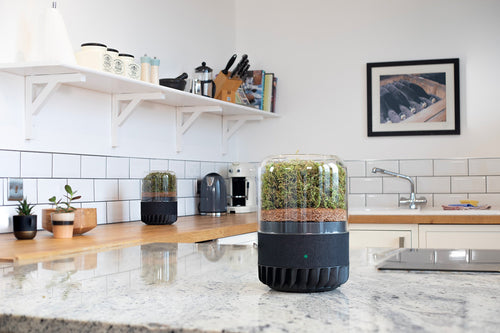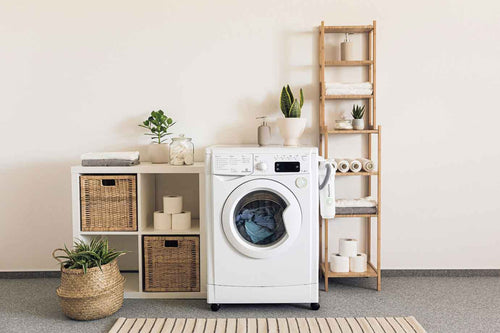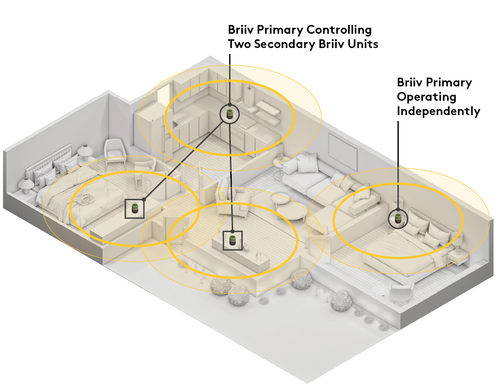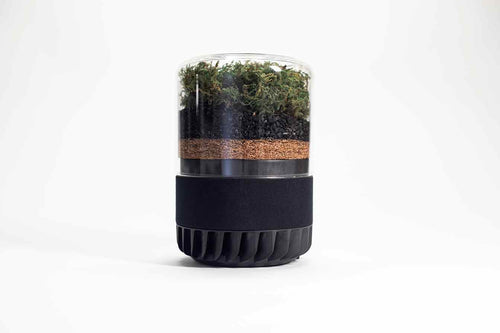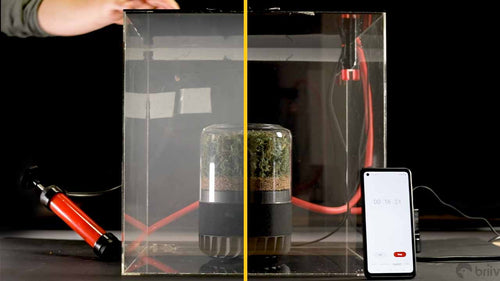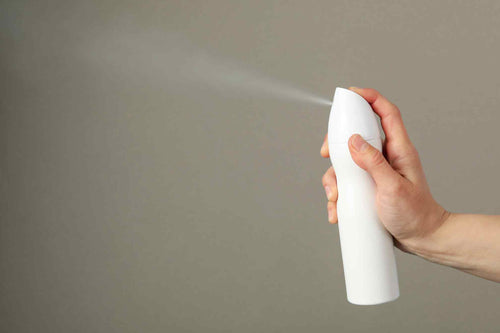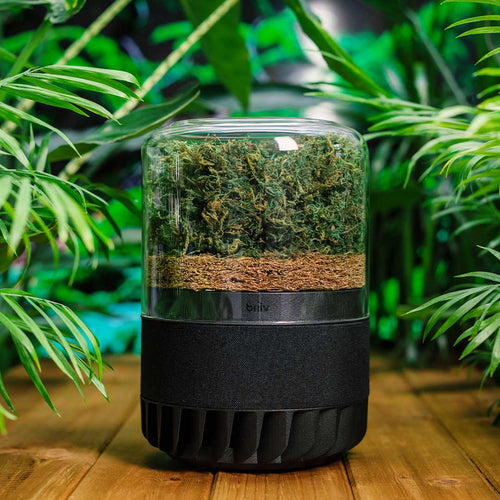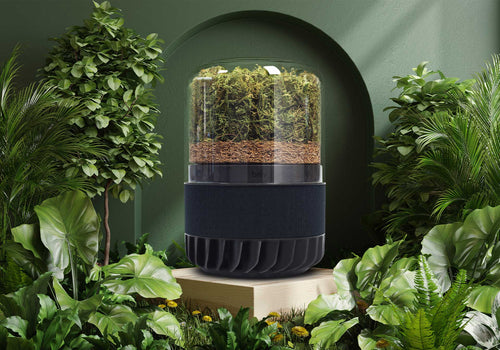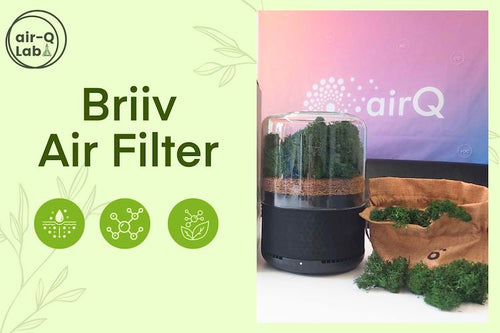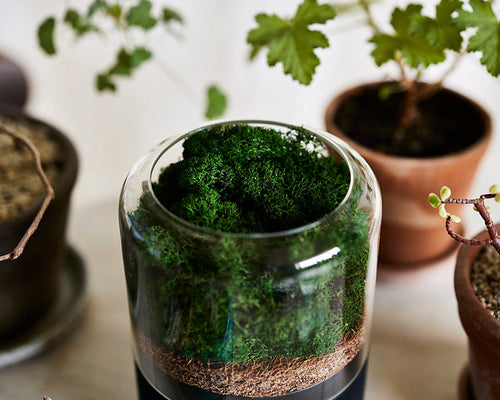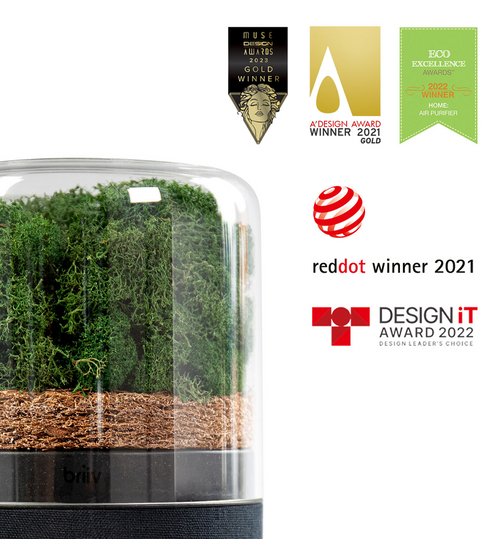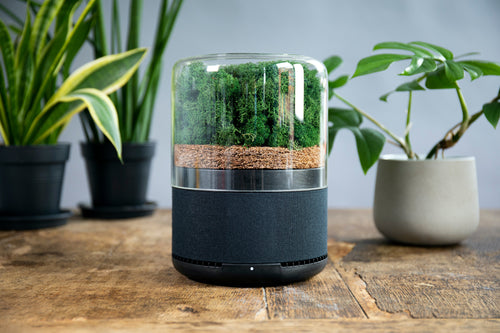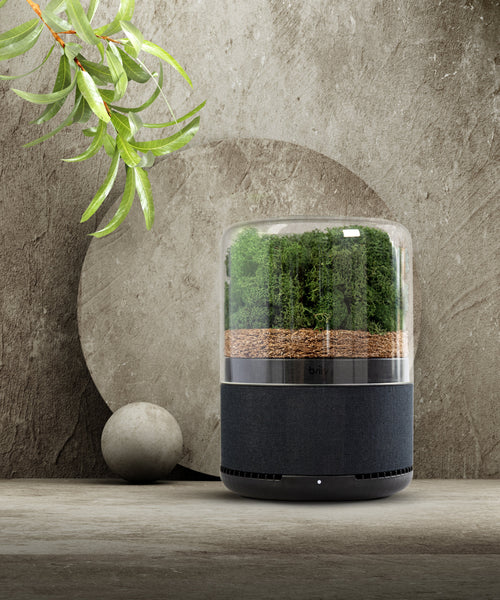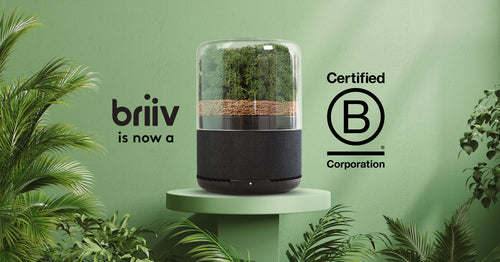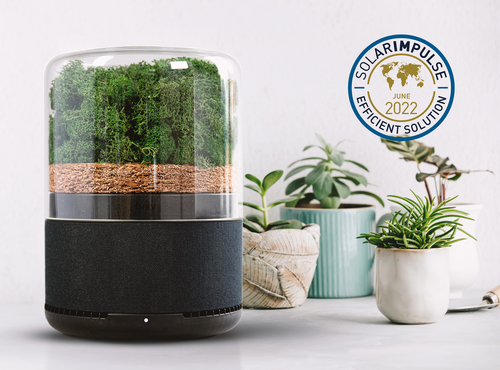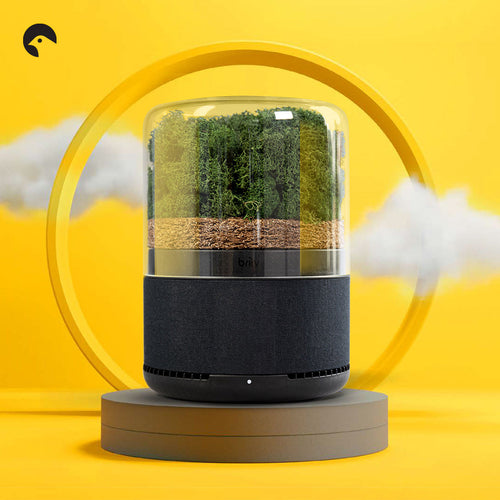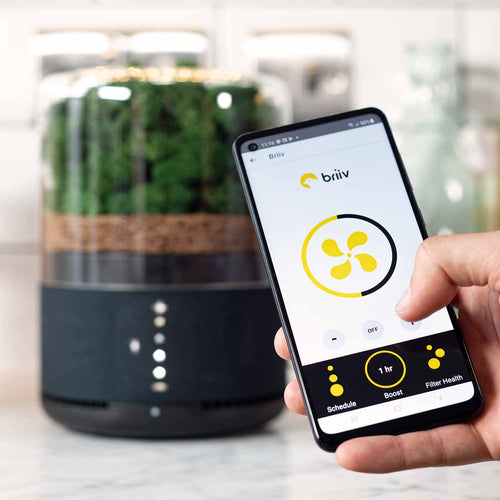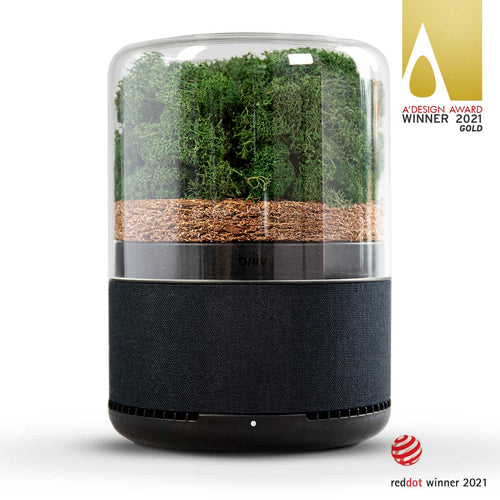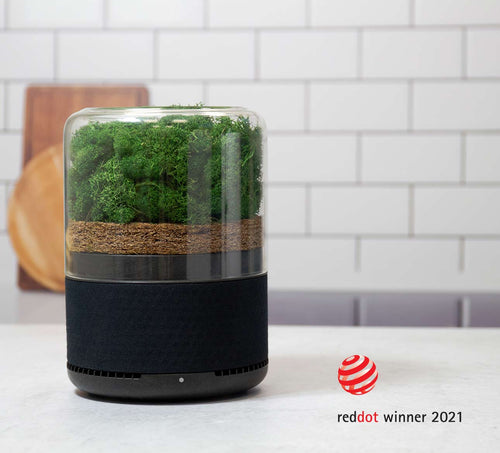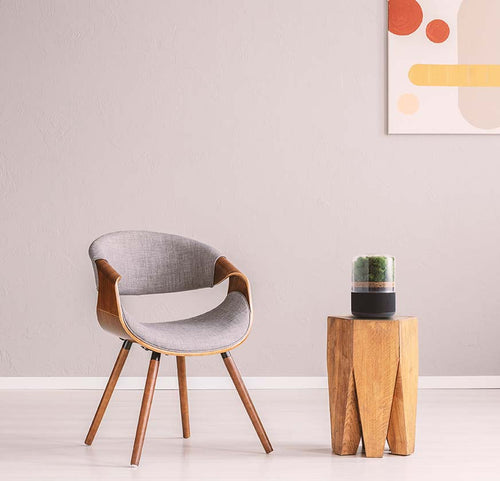
Will an Air Purifier Improve My Health?
There are plenty of reasons you’d want to bring an air purifier into your life, whether you’re wanting to remove unpleasant odours in the kitchen or you’re worried about air pollution, or maybe you just want to feel fresher! Either way they can be a great addition to the home or office. More than a wellness fad, air purifiers have proven health benefits which can improve your sleep, energy levels, and cognitive function.[1][2]
Poor air quality results in an estimated 6.7 million premature deaths every year. According to the United Nations Environment programme, it’s the biggest environmental health risk of our time.[3]

Pollutants can come in many forms and may come from sources you wouldn’t expect. While people are generally aware of air pollution from fuel combustion, transport, and industry, they may be less aware of pollutants from cooking or cleaning products in the home, or pets running around.[4] Those outdoor pollutants don’t stay outside either! Opening windows and doors, or carrying in particles on your coat and shoes can all introduce new pollutants to your indoor environment. An air purifier will ensure these pollutants are captured and removed, preventing them from causing adverse health effects.[5]
There are a few different ways that an air purifier can contribute towards better health.
Allergen Relief
Seasonal allergies can be a burden for many, and they aren’t limited to pollen! In Autumn and Winter mould and dust mites can be big allergy triggers, especially because you might spend more time indoors at this time of year, and allergies to pet dander can be difficult to deal with year-round.[6] An air purifier is able to pull the polluted air through layers of filters to remove these allergens, leaving clean, fresh air that won’t trigger your allergy symptoms.
It is important to remember that air purifiers don’t treat the allergic reactions, they can reduce and remove the allergens causing the problems.

Respiratory Difficulties
Allergy symptoms, along with fine smoke particles and dust can cause respiratory difficulty and exacerbate pre-existing health conditions[7][8]. These particles are frequently small enough to enter the respiratory system and cause irritation and inflammation. Improved air quality through filtration can improve these symptoms.
Better Quality Sleep
Improved air quality has shown to increase sleep quality. Along with the above effects on respiratory conditions and allergies which can make sleep more difficult[10], there have also been studies which show increased pollution is linked to a reduction in sleep efficiency and duration and can increase sleep–disordered breathing and instances of sleep apnea[11].

What is a VOC?
Volatile organic compounds (VOCs) are emitted as gases from a range of solids or liquids, like paint or cleaning fluids, they are a variety of chemicals that can have negative health effects[12]. They also derive from natural sources like wildfires, as well as combustion of fossil fuels in both industry and the home. They can also be produced in industrial processes for household goods and agriculture. All of this means that VOCs are prevalent in the home[13]. Repeated, prolonged exposure can result in negative health effects, ranging from respiratory issues to organ damage, so it’s understandable why we’d want to avoid contact with these in our homes[14][15].
Removal of VOCs
Air filters which utilise activated carbon are able to remove VOCs from the air through a process known as adsorption, which is effective even with low levels of VOCs. When carbon is activated its surface area is increased and becomes porous, which makes its adsorption capacity very high. This means it’s effective at removing VOCs from the air, and once full can be replaced to continue removal. Activated carbon filters can also remove odours from the air in the same way[17]. The higher the proportion of activated carbon, or the more frequently it’s replaced, the better the removal rate will be.

Removal of Mould Spores, Bacteria, and Viruses
Through particulate filtration some air filters are able to remove unwanted microorganisms from the air, including airborne mould spores and large viruses. HEPA filters, which are 97% effective for particles as small as 0.3 microns, are the most effective for this[18]. As many viruses and bacteria fall within this size range, they can be removed from the air.
It is important to note that while air purifiers can remove airborne mould spores they cannot treat the source of the mould, and a dehumidifier would be more suitable at making an environment where mould will not want to grow.
Studies carried out since COVID-19 have found that viruses can use dust particles to hitch a ride, allowing them to travel further and spread around a room. Air purifiers remove dust and stop this from happening.

In conclusion, incorporating an air purifier into your living or working space goes beyond addressing unpleasant odours and air freshening. The magnitude of the global health risk posed by poor air quality underscores the importance of addressing this issue.
Investing in an air purifier can improve your overall well-being by creating a cleaner, safer, and healthier indoor environment.
Further reading:
-
https://www.sciencedirect.com/science/article/abs/pii/S1389945720301763
-
https://www.pnas.org/doi/abs/10.1073/pnas.1809474115
-
https://www.who.int/news-room/fact-sheets/detail/ambient-(outdoor)-air-quality-and-health#:~:text=The%20combined%20effects%20of%20ambient,6.7%20million%20premature%20deaths%20annually.
-
https://www.who.int/health-topics/air-pollution
-
https://journals.lww.com/lungindia/fulltext/2015/32050/enhancing_indoor_air_quality__the_air_filter.9.aspx
-
https://link.springer.com/article/10.1007/s11882-020-00912-w
-
https://thorax.bmj.com/content/thoraxjnl/early/2011/04/01/thx.2010.155358.full.pdf
-
https://erj.ersjournals.com/content/42/3/826.full
-
https://www.atsjournals.org/doi/10.1513/AnnalsATS.201804-248OC
-
https://pubmed.ncbi.nlm.nih.gov/12216467/
-
https://www.mdpi.com/1660-4601/16/18/3362
-
https://www.epa.gov/indoor-air-quality-iaq/what-are-volatile-organic-compounds-vocs
-
https://www.ncbi.nlm.nih.gov/pmc/articles/PMC6748254/
-
https://www.sciencedirect.com/science/article/abs/pii/S000862230400449X
-
https://onlinelibrary.wiley.com/doi/abs/10.1111/ina.13038
-
https://onlinelibrary.wiley.com/doi/10.2175/106143014X13975035525267
-
https://nopr.niscpr.res.in/handle/123456789/28918
-
https://www.epa.gov/coronavirus/air-cleaners-hvac-filters-and-coronavirus-covid-19











